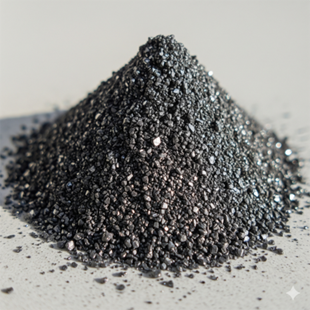 Researchers from China have developed an innovative process to recycle tin from low-grade tin middlings, using silicon cutting waste (Si-CW) from the photovoltaic industry. This co-treatment strategy uses a difficult solar manufacturing byproduct to make tin production more sustainable.
Researchers from China have developed an innovative process to recycle tin from low-grade tin middlings, using silicon cutting waste (Si-CW) from the photovoltaic industry. This co-treatment strategy uses a difficult solar manufacturing byproduct to make tin production more sustainable.
Tin middlings are a byproduct of flotation processing of tin tailings. Unlike tailings, which typically contain less than 0.5% tin, middlings can be enriched to 2–5% Sn. In the study, the team worked with material containing 3.24% tin alongside high levels of arsenic and iron, which are impurities that normally hinder recovery. Meanwhile, PV and semiconductor production generates large volumes of Si-CW, a fine powder of silicon and silicon carbide that poses its own disposal challenge.
The researchers combined these two streams in a silicothermic reduction roasting process. First, an inert-atmosphere step removed arsenic as volatile As₄. Then, by adding just 4% Si-CW and heating to 950 °C, silicon and SiC reduced iron sulfides and activated calcium fluoride within the middlings. This triggered reactions that converted tin oxide (SnO₂) into volatile tin fluorides (SnF₂) and tin sulfides (SnS), enabling efficient recovery.
At optimal conditions of 950 °C for 150 minutes, the process achieved a tin yield of 94.6%, far higher than conventional roasting. Crucially, the Si-CW itself contains no tin, but its strong reducing properties make it a valuable aid in liberating tin from otherwise stubborn middling material.
By transforming one industry’s waste into a tool for another’s resource recovery, this method exemplifies circular economy principles.
For more on emerging tin recycling technologies, visit Tin Valley, your hub for the future of tin.


